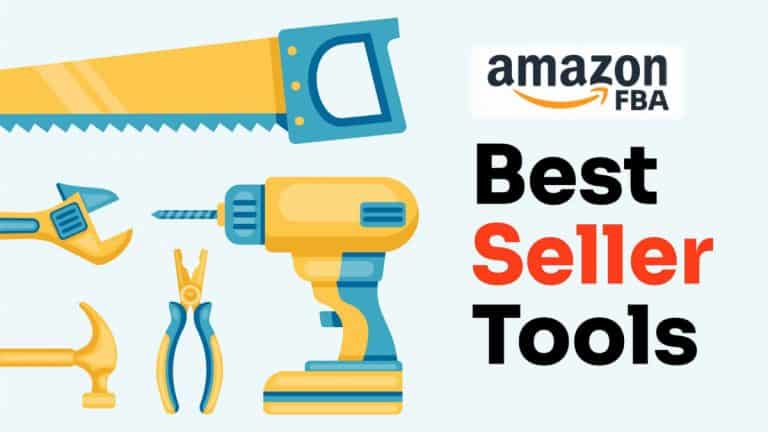Walmart Dropshipping Automation: Is It Worth It in 2025?

Walmart has emerged as a strong competitor to Amazon, offering e-commerce sellers a lucrative platform to grow their businesses. With the rise of Walmart dropshipping automation, many entrepreneurs are wondering if it’s still a profitable and viable business model in 2025. In this article, we’ll explore what Walmart dropshipping automation is, its advantages and challenges, and whether it’s worth pursuing this year.Walmart has emerged as a strong competitor to Amazon, offering e-commerce sellers a lucrative platform to grow their businesses. With the rise of Walmart dropshipping automation, many entrepreneurs are wondering if it’s still a profitable and viable business model in 2025. In this article, we’ll explore what Walmart dropshipping automation is, its advantages and challenges, and whether it’s worth pursuing this year.
What Is Walmart Dropshipping Automation?
Walmart dropshipping is a business model where sellers list products on Walmart Marketplace without holding inventory. When a customer places an order, the seller purchases the product from a third-party supplier, who then ships it directly to the customer. Automation in dropshipping involves using software tools and AI-driven systems to streamline product sourcing, order fulfillment, inventory updates, and price adjustments.
Benefits of Walmart Dropshipping Automation
1. Hands-Free Business Operations
With the right automation tools, sellers can manage product listings, track stock availability, and fulfill orders without manual intervention. This significantly reduces workload and allows businesses to scale faster.
2. Access to Walmart’s Massive Customer Base
Walmart’s online marketplace attracts over 100 million monthly visitors. Unlike Amazon, Walmart Marketplace has less competition, making it easier for new sellers to gain visibility and attract buyers.
3. Cost-Effective Business Model
Dropshipping eliminates the need for warehouse storage and upfront inventory investments. By automating the process, sellers can reduce operational costs and increase profit margins.
4. Dynamic Pricing Optimization
Automation tools help sellers stay competitive by adjusting prices based on market trends, competitor pricing, and demand fluctuations. This ensures maximum profitability while keeping products attractive to buyers.
5. Streamlined Order Fulfillment
Automated systems sync with suppliers to process orders instantly, reducing shipping delays and improving customer satisfaction. This is crucial for maintaining a good seller performance score on Walmart.
Challenges of Walmart Dropshipping Automation
1. Strict Walmart Policies
Walmart has strict dropshipping guidelines that sellers must follow. Violations such as delayed shipments, high order cancellations, and unreliable suppliers can lead to account suspension.
2. Limited Supplier Options
Unlike Amazon’s extensive fulfillment network, Walmart restricts dropshipping from retail sources like Amazon and eBay. Sellers must work with wholesale suppliers, manufacturers, or approved dropshipping platforms.
3. Competition and Pricing Pressure
While Walmart has fewer sellers than Amazon, pricing wars still exist. Automated pricing tools help, but sellers must carefully balance profit margins and competitive pricing.
4. Customer Service Challenges
Since sellers don’t control fulfillment, resolving issues like delayed shipments, returns, or damaged products can be difficult. Providing excellent customer service is essential for maintaining good reviews and seller ratings.
5. Integration Costs
High-quality Walmart dropshipping automation software can be costly. Sellers need to consider subscription fees, integration costs, and transaction fees when calculating overall profitability.
Best Walmart Dropshipping Automation Tools in 2025
1. EcomDash
A powerful inventory and order management system that integrates with multiple suppliers to automate Walmart dropshipping.
2. Sellbrite
Helps sellers list products, sync inventory, and manage orders across multiple e-commerce platforms, including Walmart.
3. Inventory Source
Automates supplier integration, product listing, and order routing, making dropshipping more efficient.
4. Walmart Seller Center API
Allows advanced sellers to integrate custom automation solutions for better control over listings and fulfillment.
5. DSM Tool
Ideal for optimizing pricing strategies and ensuring product listings stay competitive.
Is Walmart Dropshipping Automation Worth It in 2025?
Pros:
✅ Scalability – Automating processes allows sellers to expand product offerings without manual workload.
✅ Lower Risk – No need for upfront inventory investment.
✅ Access to Walmart’s Growing Marketplace – Walmart continues to attract more online shoppers.
✅ Advanced Technology – AI-powered automation improves efficiency and profitability.
Cons:
❌ Strict Regulations – Walmart closely monitors seller compliance, making it riskier than other dropshipping platforms.
❌ Supplier Dependence – Success depends on reliable third-party suppliers.
❌ Higher Integration Costs – Quality automation tools require investment.
Final Verdict:
Walmart dropshipping automation remains a viable business model in 2025 for sellers who follow Walmart’s guidelines, work with reliable suppliers, and invest in the right automation tools. However, it’s not a get-rich-quick scheme—success requires strategic planning, regular monitoring, and a commitment to providing excellent customer service.
If you’re an entrepreneur looking to scale your e-commerce business without managing inventory, Walmart dropshipping automation could be a profitable opportunity. But make sure to choose the right tools and suppliers to avoid policy violations and maintain a successful long-term presence on Walmart Marketplace.





